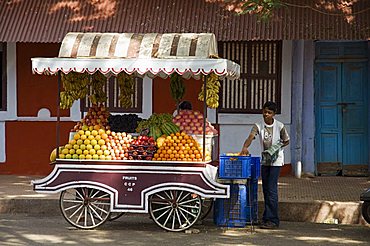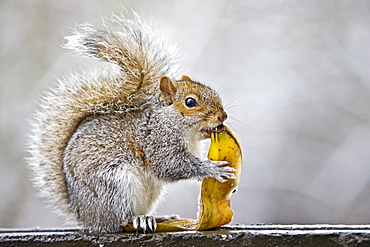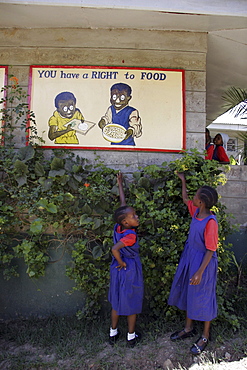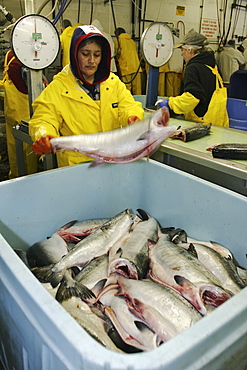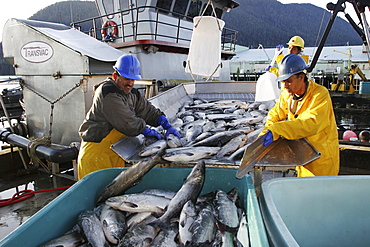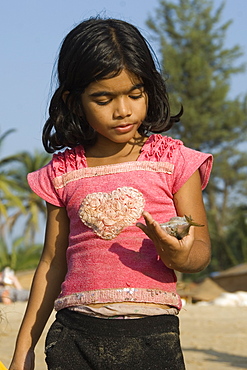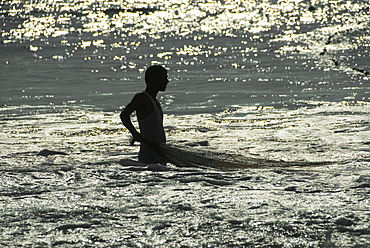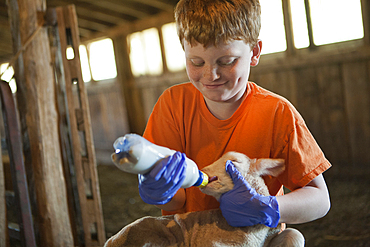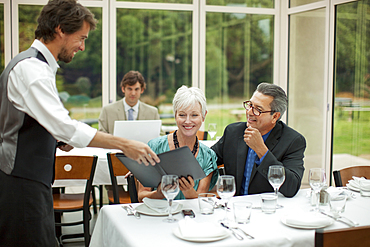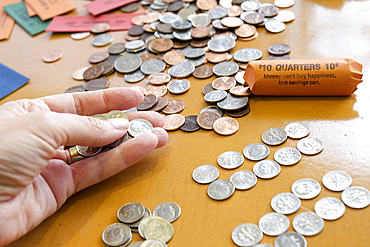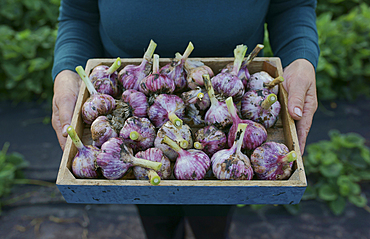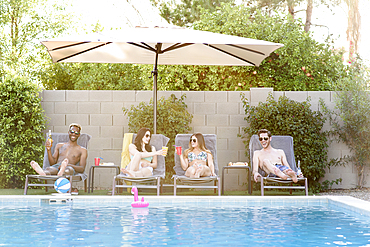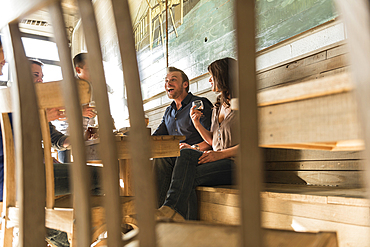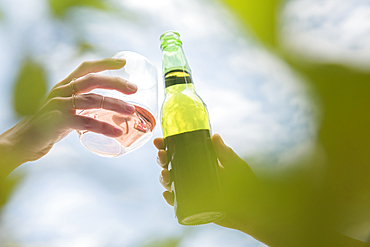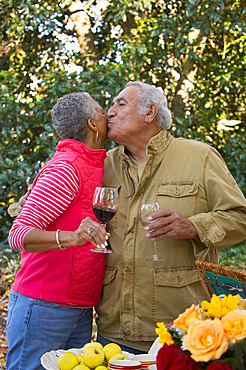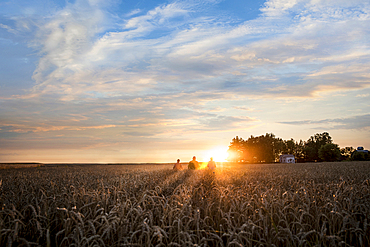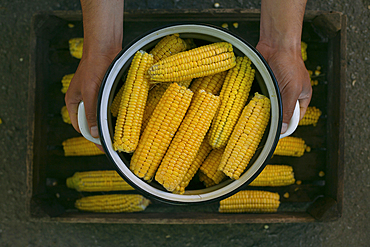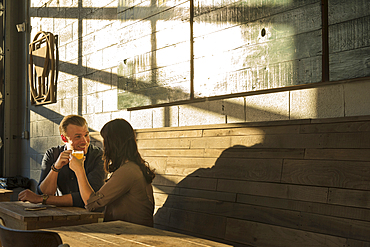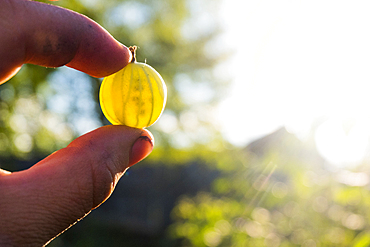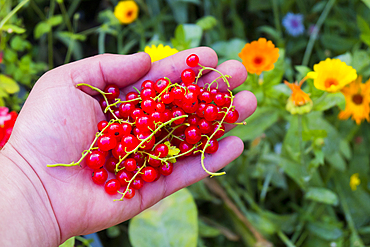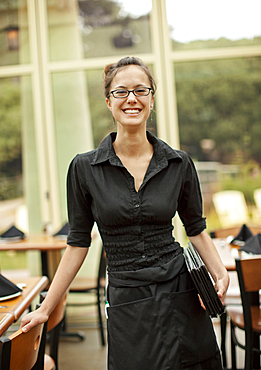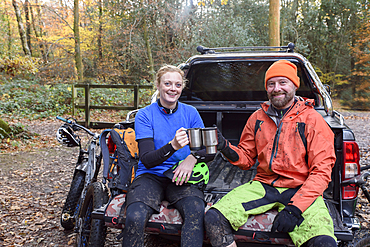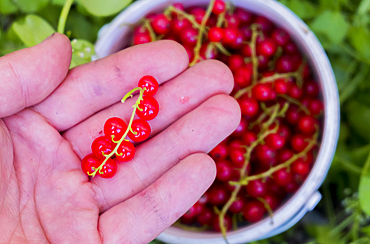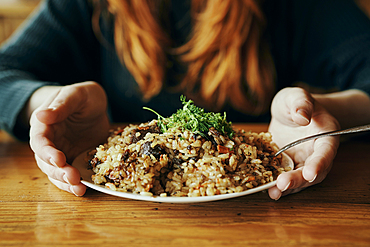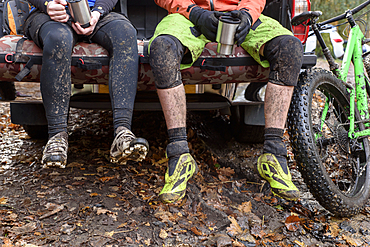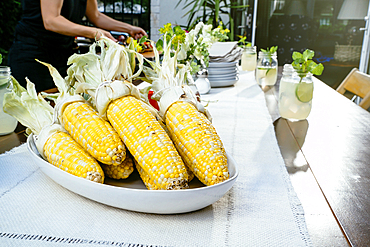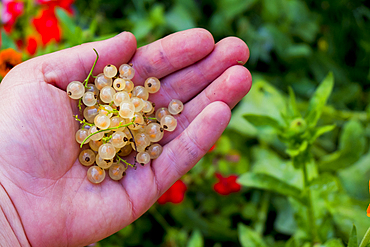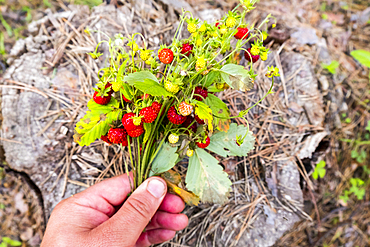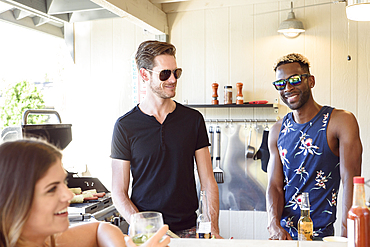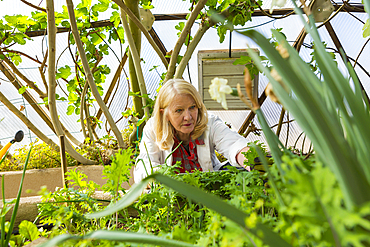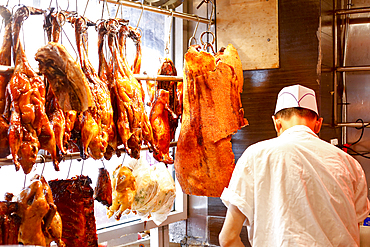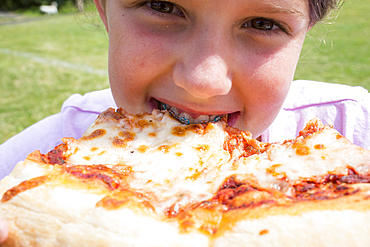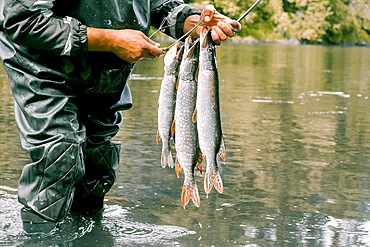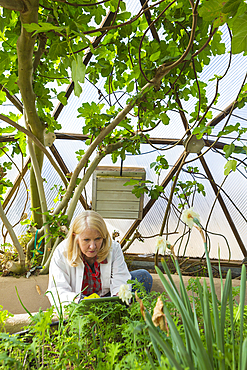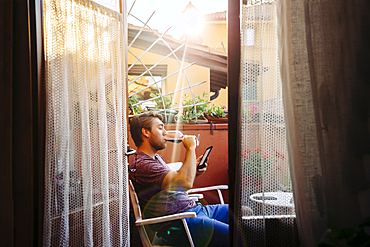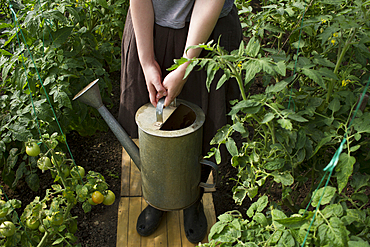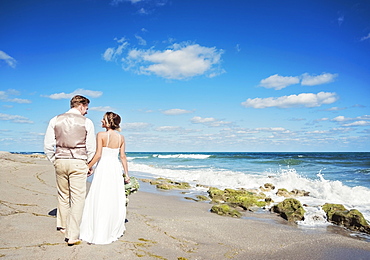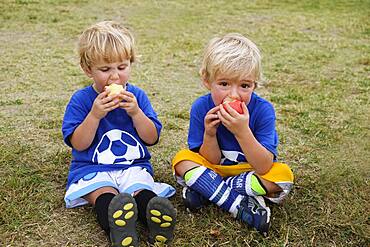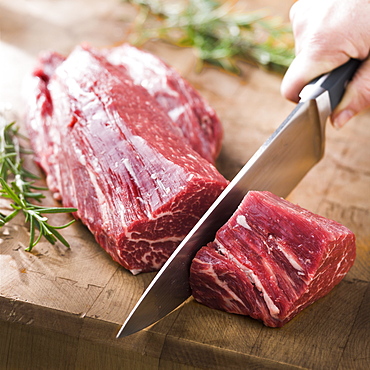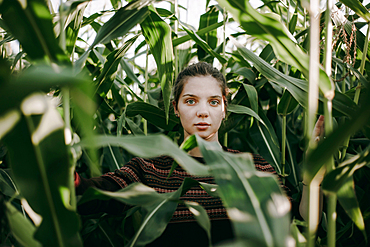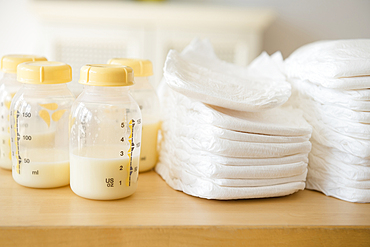Results
2 results found
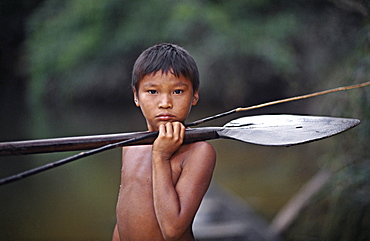
The idea of the interconnectedness of all things is central to the tribal way of looking at the world. practical knowledge of the environment, of crops and medicines, of hunting and fishing, is a byproduct of it. the makuna believe that human beings, animals, and all of nature are parts of the same one. animals and fish live in their own communities, which are just like human communities, with their chiefs, their shamans, their dance houses, their songs, and their material possessions. when human peoples dance in this world, the shaman invites the animal people to dance in theirs. if humans do not dance and shamans do not offer spirit food to the animal people, the animals will die out and there will be no more game left in the world. for the makuna the radical disjunction so characteristic of western thought between nature and culture, men and animals, dissolves. eastern colombia amazon, vaupes region, population: 600
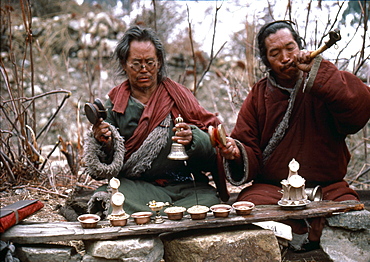
Nepal. Ritual, sonam/boom. Lobsangs cremation. Humla. traveler reached of journey! In freedom of infinite he is free from sorrow, fetters that bound thrown away, burning fever of life is no more,oesays dharmapada. Lobsang having spent whole life preparing moment of death, finds liberation on february 14, 1986. Extensive ritual follows cremation-traditionally a forty nine period, sonam lama rattles damaru. A small ritual drum to have origin in - shamanism. damaru, used as a tantric device to summon gods ward evil spirits, once made from human skull bone dreid human skin as a reminder of impermanence of body. Boom lama blows a kangling, a human thigh-bone horn. kangling is used in exorcism is capable of gods demons. Traditionally, best bones a kangling come from brahmans, particularly sixteen-year- brahman girls-or from tigers. On makeshift altar rest chhome, votive lamps filled with butter, cups of water, grains, tormas, holy food made of barley meal decorated with medallions of butter offered to gods. Alone, boom lama continues prayers of deceased
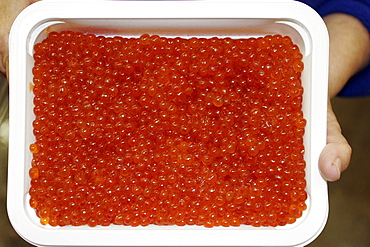
The Norquest fish processing plant in Petersburg, Southeast Alaska, USA. Shown here processing fresh and wild salmon roe for the asian fish market.
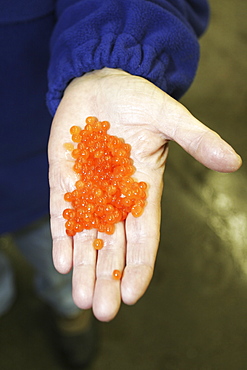
Salmon processing in Petersburg, Southeast Alaska at the Norquest fish processing plant. Here Japanese and American workers are cleaning and sorting salmon roe (fish eggs) for Asian consumption.
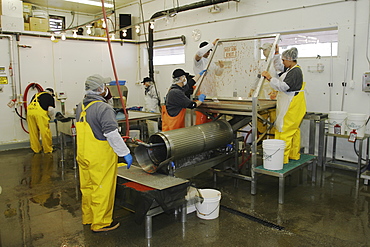
Salmon processing in Petersburg, Southeast Alaska at the Norquest fish processing plant. Here Japanese and American workers are cleaning and sorting salmon roe (fish eggs) for Asian consumption.
